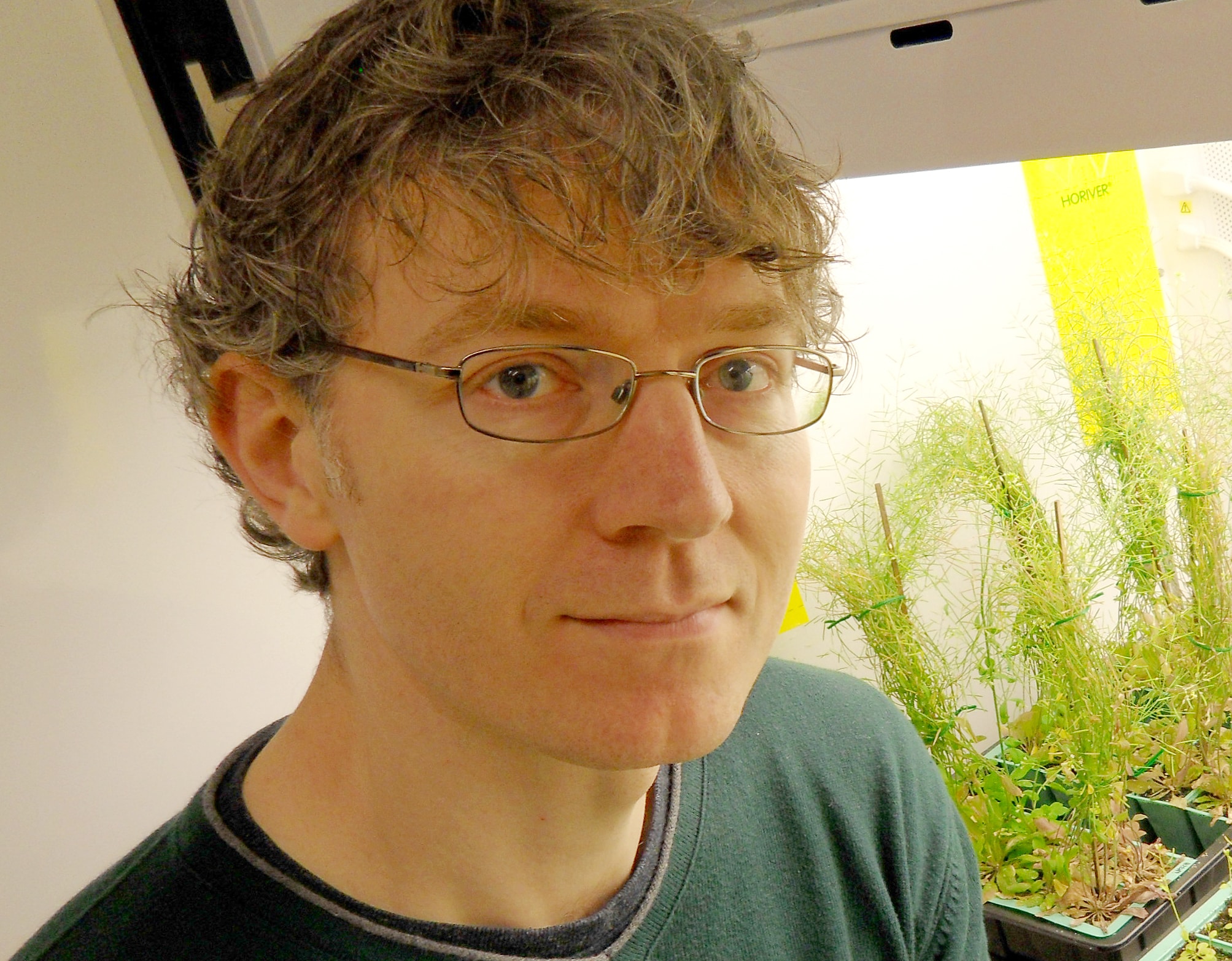Hardy Crops to Tackle Food Insecurity
Thursday 6th Jun 2019, 9.00am
Our world is getting more and more densely populated. By 2050 there’ll be nearly 10 billion people on our planet and agricultural demand is predicted to rise by 70%. So how will we ensure that every human alive gets the food they need?
Drought and soil salinity: serious threats to global food and bioenergy production.
By 2050 the world’s population will reach 9-10 billion, 20 percent higher than today. In conjunction with changing dietary preferences, this means that agricultural production must increase by up to 70 percent. However, plant growth and productivity are increasingly threatened by various abiotic stresses, often associated with global anthropogenic climate change. Drought and salinity are becoming particularly widespread in many regions, with serious salinization (caused by poor irrigation practices) expected to affect up to 50 percent of all arable lands by the year 2050[1], with devastating global effects on food security. To sustain and improve yields, it will be necessary to understand how plants respond to these stresses, and to use the obtained knowledge in modern crop breeding programs.
Why are chloroplasts relevant?
Using sunlight, water, and carbon dioxide (CO2) from the air, plants provide us with food and bioenergy via photosynthesis. However, photosynthesis is inhibited when the availability of water and CO2 becomes limited, for example in plants stressed by drought or salinity (in such plants, CO2 uptake is shut down due to the closure of leaf pores, which is done to conserve water). As a result, the sunlight energy absorbed by the plants becomes excessive relative to the attainable photosynthetic activity. This excess energy is transferred to oxygen via the photosynthetic machineries, causing the formation of toxic photosynthetic byproducts called ROS (reactive oxygen species). Over-accumulation of ROS can cause significant damage to biomolecules and ultimately cell death in plants. Therefore, minimizing the amount of ROS produced in this way can help plants grow under adverse conditions.
Chloroplasts are the subcellular structures (organelles) that carry out photosynthesis inside plant cells. Each chloroplast is bounded by a pair of closely spaced lipid bilayer membranes called the envelope. Many components of the photosynthetic machineries are proteins that need to be imported into chloroplasts, as they are made outside of the chloroplast. Such “protein import” is mediated by translocation machines in the outer and inner envelope membranes called TOC and TIC, respectively. The outer membrane TOC machine identifies those proteins that need to be imported, and drives early stages of their import. The activity of the TOC machine may be finely tuned to regulate the amount of photosynthetic machinery components imported into chloroplasts.
The chloroplast outer envelope protein SP1 promotes drought and salinity tolerance in plants.
We use the model plant Arabidopsis thaliana (thale cress) to study the molecular mechanisms underlying chloroplast protein import. Our recent work demonstrated that the TOC machine is selectively targeted for a type of modification called ubiquitination, by a protein named SP1 (a RING-type ubiquitin E3 ligase) that is also located in the chloroplast outer envelope membrane. Such modification promotes the removal and breakdown of unwanted TOC components as part of a regulatory process[2].
To better understand the function of SP1, we compared the growth of natural, wild-type plants with that of mutant plants lacking SP1, and that of engineered plants that possesses higher levels of SP1. Under high-salinity and water-stress conditions, the mutant plants failed to develop normally, whereas the plants with higher levels of SP1 were more stress-tolerant than the wild type. By contrast, the different plants were indistinguishable when grown under non-stressful conditions. These results indicated that SP1 acts to promote resilience under stressful conditions, and we were able to show that it achieves this by limiting the accumulation of ROS.
Concerning the underlying mechanism, we observed that TOC proteins are depleted under stress conditions in an SP1-dependent manner: levels of TOC proteins declined markedly in the wild type under stress, but such a decline did not occur in mutant plants; in contrast, TOC components reached even lower levels in plants with more SP1. These results were intriguing, as they suggested a hypothesis in which SP1 acts to deplete TOC components under stress in order to restrict the import of new protein components of the photosynthetic machinery (see Figure 1). This hypothesis was confirmed[3] by measuring the import capabilities of chloroplasts isolated from osmotically stressed wild-type plants, mutant plants, and plants with more SP1.
SP1 has considerable potential as a technology.
Our research has revealed a role for the SP1 protein in the regulation of chloroplast protein import in response to environmental stresses. Such regulation helps to finely tune the protein composition of the chloroplasts, ensuring that it is optimally matched to varying environmental circumstances. Current work in our lab aims to elucidate the molecular mechanisms of such regulation [4]. Since all plants have the SP1 gene, we hope that by modifying SP1 expression we will be able to generate crops that can better deal with sub-optimal growing conditions to sustainably meet increasing demands for global food and bioenergy production. We are currently exploring this possibility by using a range of different crop species as models.
References:
[1] Wang, W., Vinocur, B. & Altman, A. Plant responses to drought, salinity and extreme temperatures: towards genetic engineering for stress tolerance. Planta 218, 1-14 (2003).
[2] Ling, Q., Huang, W., Baldwin, A. & Jarvis, P. Chloroplast biogenesis is regulated by direct action of the ubiquitin-proteasome system. Science 338, 655-659 (2012).
[3] Ling, Q. & Jarvis, P. Regulation of chloroplast protein import by the ubiquitin E3 ligase SP1 is important for stress tolerance in plants. Curr. Biol. 25, 2527-2534 (2015).
[4] Ling, Q., Broad, W., Trösch, R., Töpel, M., Demiral Sert, T., Lymperopoulos, P., Baldwin, A., Jarvis, RP. Ubiquitin-dependent chloroplast-associated protein degradation in plants. Science. 363, eaav4467 (2019).
Contact us about our teaching resources:
KS3: Hardy Crops and Photosynthetic Experiments
KS4: Food Security in the Future
KS4: Model Organisms in Research
KS5: Transport Across Membranes





